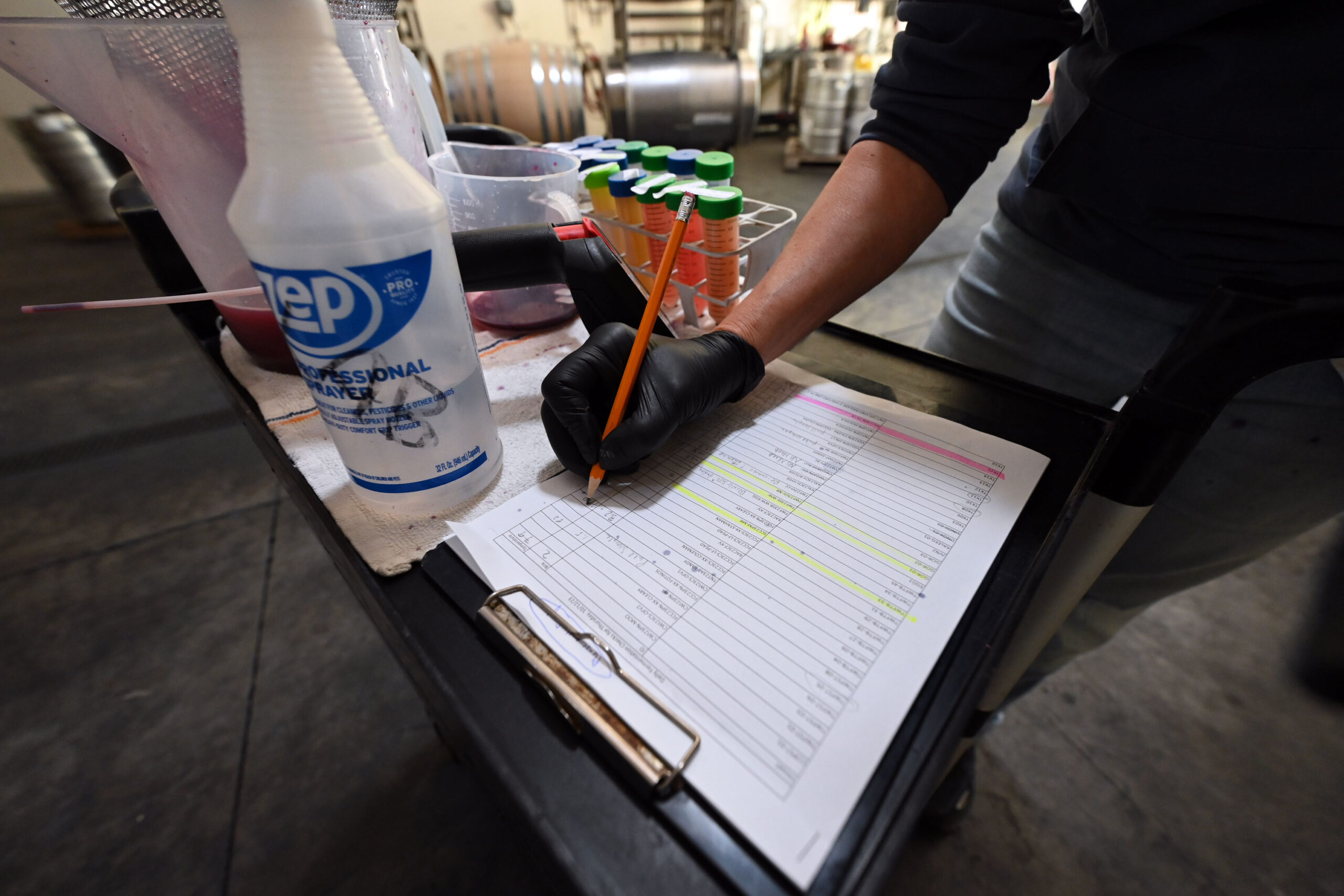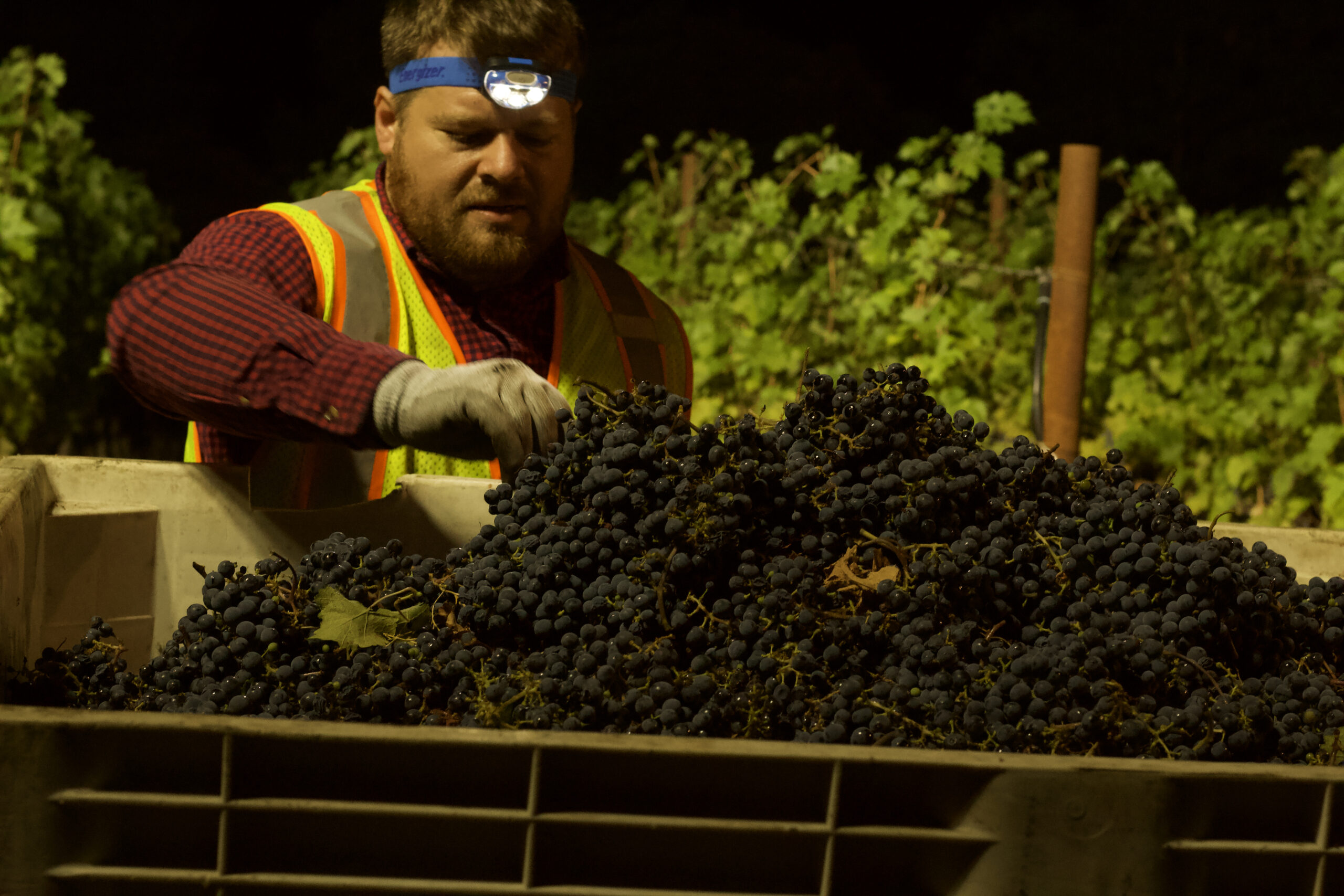Best practices for building a marketing strategy
To be successful in anything, you need to first start with a plan – if you are running a marathon, losing weight or building a brand. Remember, an idea without a plan is just a dream.
When you are selling something it is no different. In an ideal world you would plan your marketing strategy before you start the design phase of your label / website. (or at least be able to articulate all of this information to a designer), but at any point of your growth, you will still need to be planning in a strategic and thoughtful way to make the most of your investment and truly get results. The following is what you’ll want to consider when developing a marketing strategy.
- Many people get confused between objectives and goals. Objectives are more general and speak to your bigger vision for the brand, while goals are more tactical and should include quantifiable data with a deadline associated with them. Importantly, and this is where many small business miss the boat, everyone working on the brand should understand and be on the same page with the direction of the brand.
- The smartest marketing strategy comes from knowing your target audience. The truth is nobody can afford to market to “everyone that drinks wine”. Being an ultra premium wine brand means that you need to be targeting a certain subset within this larger market. This doesn’t mean you are excluding anyone, but you need to hone in on specifically who your wines are aimed at. When you define your target market it is also a great idea to dig deep into how they think, where they live, what media (or social media) they consume (or participate in), what messages they respond to.
- Identifying and studying competitors can provide valuable insights and unveil opportunities. Build a list of competitors by considering pricepoints, distribution, varietals, and AVAs where your grapes are sourced from, for example. Keep a close eye on how they use social media, emails and even consider signing up for a few of their wine clubs.
- Think about your strengths and opportunities. This might include that your wines are from Napa Valley / Sonoma County, two well known, highly respected wine regions; your fruit is sourced from the highest quality vineyards possible, and considered in the top 1% of California grapes. There are many more strengths you can add to this. In terms of opportunities, one advantage might be where you live. With few exceptions if you are living outside of Napa/Sonoma area, you will be the only producer of boutique Napa/Sonoma wines in your area. Another opportunity should be your relationships with business contacts, and there are many more that you can add to this list.
- Having a personality to your brand is absolutely key. Personality sets your brand apart, makes it something people will remember, and gives the impression of uniqueness. You should be able to describe what your brand is like if he/she is a person. An exercise like this helps you articulate to the designer what you need the logo, color palette (and later the website) to communicate. It is essential when you are briefing a copywriter or if you are writing the website, label and marketing copy yourself.
- Tactics are how you will meet your time sensitive goals. “Must do” tactics are your website and email marketing, but what about beyond that? You should think carefully about your target audience, geographic advantage (if any), your business relationships and contacts and find creative ways to execute. These should include social media and events, and may include paid advertising, public relations or other sponsorship opportunities. The key is to be creative!
- A customer acquisition model is another important component to a marketing strategy focused on ecommerce. You need to plan out exactly how you will get customers and incorporate tactics that will drive results. Often times the strategy may be to groom email sign ups over time into becoming first time customers, and grow those into larger purchasers, and ultimately wine club customers. How you do it is up to you. There is no magic formula.
- It is important to stick to a budget and know ahead of time how your marketing investment is going to pay off (even if it is time and not money). Build a financial plan that will help you see marketing expenses over time vs the sales revenue you project, and customers you plan to attain. Making projections over 12 to 36 months can help you see why an investment in marketing collateral, or a website would make sense.
- Stay organized and one step ahead by planning a one-page marketing calendar outlining what will happen when. (Annual or quarterly) This will ease your mind and help you prepare properly for opportunities, instead of a last minute struggle – or even worse, missing out on opportunities. This can include tasting events, emails you plan to send, key times of year when you will theme emails, PR initiatives, etc.
– By Mindy Joyce, Brand Strategy Coach


